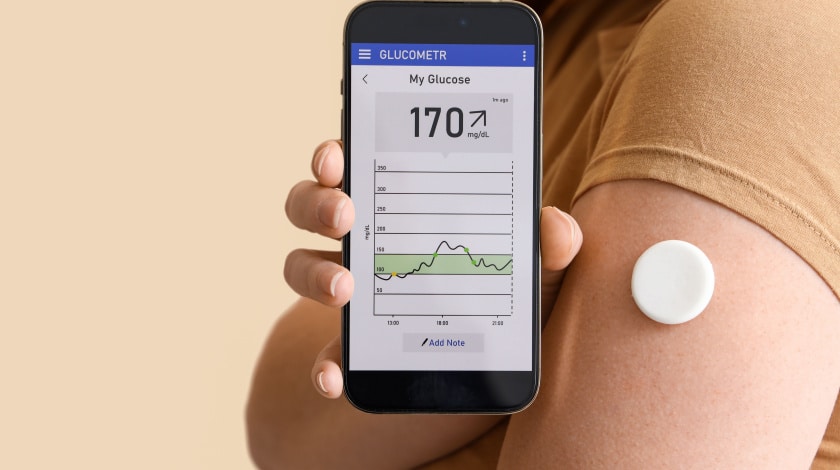Continuous Glucose Monitoring (CGM) has emerged as a game-changer in the realm of diabetes management, offering individuals real-time insights into their blood sugar levels. Despite its many advantages, one of the primary concerns for prospective users often revolves around the discomfort associated with the insertion process. In this article, we’ll delve into the question: Does inserting a continuous glucose monitor hurt? We’ll explore various aspects of CGM insertion, from the sensations experienced to tips for minimizing discomfort, ultimately aiming to provide clarity for those considering this innovative technology.
Understanding Continuous Glucose Monitoring
Before delving into the nuances of CGM insertion, let’s establish a foundational understanding of how this technology operates. A continuous glucose monitor is a compact device designed to measure glucose levels in the interstitial fluid continuously. Unlike traditional blood glucose monitoring methods that require frequent finger pricks, CGM offers a non-invasive and convenient alternative, providing users with real-time data crucial for effective diabetes management.
The Insertion Process Unveiled
Inserting a continuous glucose monitor involves placing a small sensor beneath the skin’s surface, typically on the abdomen or upper arm. This sensor, equipped with a tiny filament, interfaces with the interstitial fluid to accurately measure glucose levels. While the concept may seem intimidating, many users describe the insertion process as relatively painless, akin to a quick pinch or sting lasting only a few seconds.
Must Read Are Blood Glucose Watches Accurate? The Accuracy of CGM Devices
Does Continuous Glucose Monitor Hurt?
The perception of pain during CGM insertion can vary significantly among individuals. Factors such as skin sensitivity, insertion technique, and personal pain tolerance all play a role in determining the level of discomfort experienced. For some, the sensation may be barely noticeable, while others may find it slightly uncomfortable. However, it’s essential to note that any discomfort typically subsides quickly after the insertion is complete.
Tips for Minimizing Discomfort
While CGM insertion is generally well-tolerated, there are several strategies individuals can employ to minimize discomfort:
Choose the Right Location
Selecting an appropriate insertion site with an ample layer of subcutaneous fat, such as the abdomen or upper arm, can help reduce sensitivity.
Utilize Numbing Agents
Applying a topical numbing cream or spray to the insertion site beforehand can help dull any potential discomfort.
Read Guide about Wegovy Dosage Guide: The Best Way For Weight Loss
Relaxation Techniques
Practicing deep breathing or visualization exercises during insertion can help alleviate anxiety and distract from any discomfort.
Follow Proper Technique
Adhering to the manufacturer’s recommended insertion technique, including the angle and depth of insertion, can help ensure a smooth and pain-free experience.
Weighing the Pros and Cons
While the prospect of discomfort during CGM insertion may seem daunting, it’s essential to consider the broader benefits of continuous glucose monitoring. CGM empowers individuals with diabetes to gain valuable insights into their blood sugar trends, enabling more informed decision-making regarding diet, exercise, and medication adjustments. By providing real-time data and actionable insights, CGM can ultimately lead to improved glycemic control and reduced risk of diabetes-related complications.
Also, read about Sheep’s Wool Keratin May Help Manage Type-2 Diabetes
Conclusion
In conclusion, the question of whether inserting a continuous glucose monitor hurts is subjective and influenced by various factors. While some individuals may experience minor discomfort during insertion, the benefits of CGM technology far outweigh any temporary pain. By employing proper insertion techniques and implementing strategies to minimize discomfort, individuals can embrace CGM with confidence, knowing they are taking proactive steps toward better diabetes management.


